Nissan Pivots, Stops Cracking the Sales Whip

From the depths of the recession to 2016, Nissan’s U.S. volume doubled — from a six-year low of just over 689,000 vehicles in 2009 to over 1.4 million last year. Not a bad track record for any automaker.
However, as the sales landscape cools off after the post-recession boom, Nissan’s new leader feels it’s a better idea to hold a steady course, rather than gunning the sales throttles to meet a pre-selected sales target. In fact, those targets are now a thing of the past.
Chasing arbitrary numbers isn’t in new Nissan CEO Hiroto Saikawa’s interest, Automotive News reports. If there’s growth left in Nissan’s operations, he’d prefer it be smart growth.
“We are not going to raise numerical objectives to stretch ourselves,” Saikawa said last week. “The theme now is steady growth and maintaining a certain level of profitability.”
Under the steely gaze of Carlos Ghosn, who stepped away from the top post at the end of March, Nissan’s regional divisions — the U.S. especially — worked tirelessly to meet long-term sales targets. Starting in 2011, Ghosn sought a 10-percent U.S. market share for the automaker by the end of the first quarter of 2017. Nissan finished that quarter with 10.2 of the American market in its fold.
While the company’s workforce pulled it off, Ghosn’s plan didn’t win him many fans among Nissan dealers. Incentivization for the sale of volume turned off some analysts.
You won’t find such ambition in Saikawa’s recently unveiled six-year plan. However, top Nissan brass aren’t about to bad-mouth the previous CEO’s practices. The company’s North American chairman, Jose Munoz, claims the push for 10 percent was a good thing.
“I’m not going to tell you there was absolutely no pressure, but in reality, we have not been trying to achieve a number ‘no matter what,'” Munoz told Automotive News. “This is really huge growth.”
There’s still room for growth in the American market, Munoz feels, but ensuring the company sits on a solid financial footing is the more important goal in the near future.
“For the United States, we are going to go for steady, profitable growth,” Munoz said. “So we still plan for growth, but without a number as an objective in terms of percentage of growth or percentage of market share. But rather ensuring that the level of operation is really solid.”
Over the first 10 months of 2017, Nissan brand sales in the U.S. rose six-tenths of one percent, with October sales rising 10.2 percent, year-over-year. The automaker’s premium brand, Infiniti, has seen sales rise nearly 15 percent, year-to-date, with October sales down 8 percent compared to a year previous.
[Image: Nissan]

More by Steph Willems
Latest Car Reviews
Read moreLatest Product Reviews
Read moreRecent Comments
- Lou_BC Let me see. Humans are fallible. They can be very greedy. Politicians sell to the highest bidder. What could go wrong?
- SPPPP Vibrant color 9 times out of 10 for me. There may be a few shapes that look just right in metallic gray, for example. There are a few nices ones out there. And I like VW "White Silver". But I'd usually prefer a deep red or a vibrant metallic green. Or a bright blue.
- 28-Cars-Later Say it ain't so, so reboot #6* isn't going to change anything?[list=1][*]V4-6-8 and High "Tech" 4100.[/*][*]Front wheel drive sooooo modern.[/*][*]NOrthSTARt.[/*][*]Catera wooooo.[/*][*]ATS all the things.[/*][*]We're *are* your daddy's Tesla. [/*][/list=1]
- MaintenanceCosts Can I have the hybrid powertrains and packaging of the RAV4 Hybrid or Prime with the interior materials, design, and build quality of the Mazda?
- ToolGuy I have 2 podcasts to listen to before commenting, stop rushing my homework.



















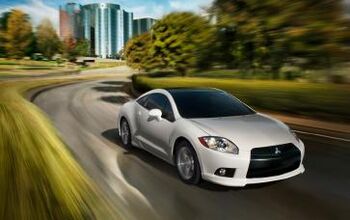
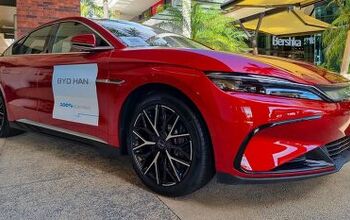
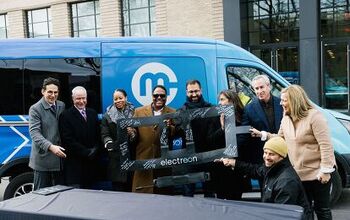
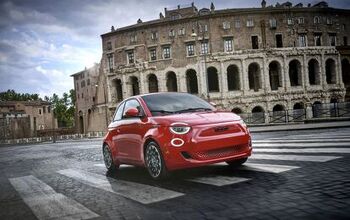
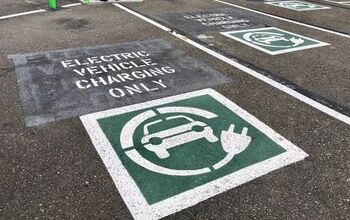
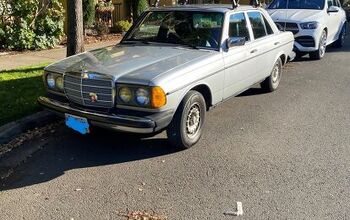

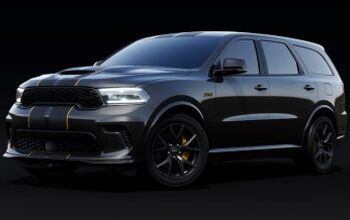
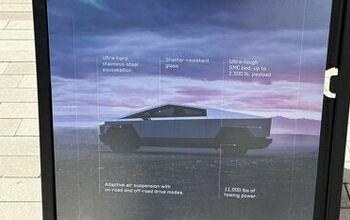
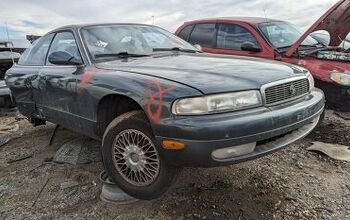

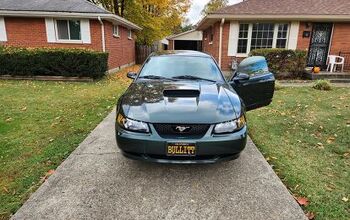


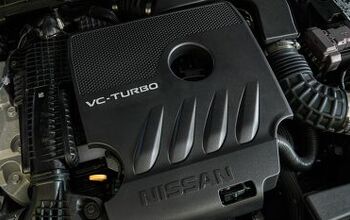
Comments
Join the conversation
Sounds like Nissan may be getting ready to cut off the sub-600 beacon crowd...
Nissan's success confirms that there MANY buyers who really don't care how their vehicle drives, or that they're buying throwaway cars.